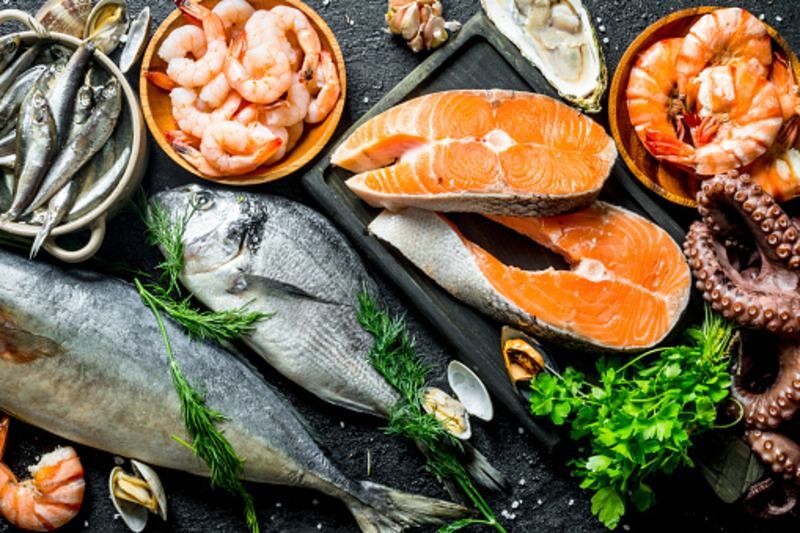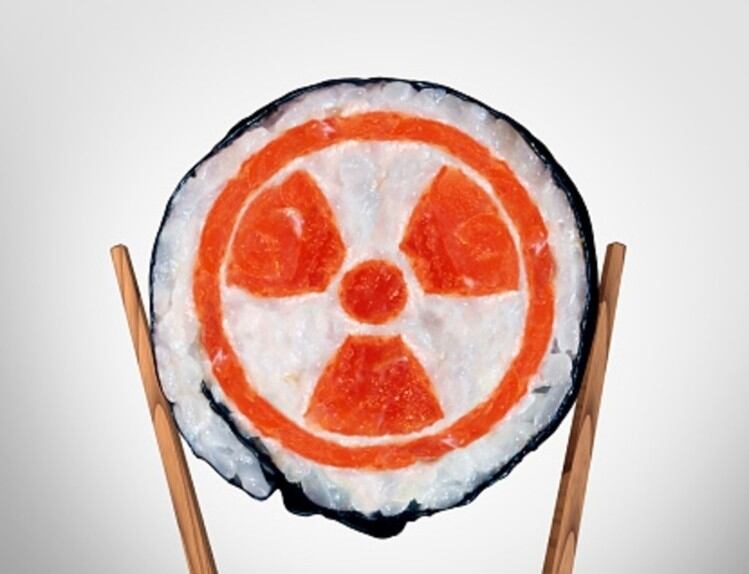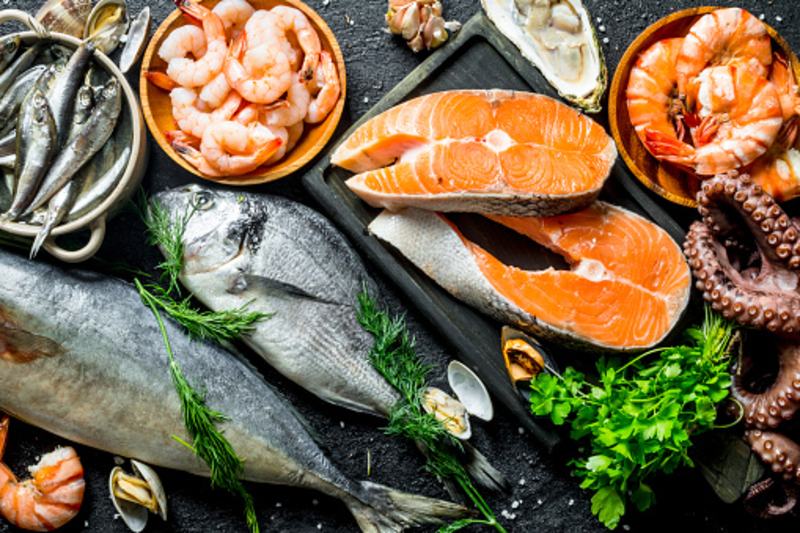Seafood has historically been one of Japan’s most traditional and treasured protein sources, with the country being famed for dishes made using fish such as salmon and unagi – but in recent years, the trend appears to have been going in the opposite direction, with many of the younger generation’s consumers shunning seafood in favour of chicken or pork.
As far back as 2018, researchers had highlighted a significant downturn in Japan’s fish consumption, stating that this had decreased from 70% of the country’s total animal protein consumption in the 1960s to less than 40% in 2014.
More recent research unveiled last year saw that Japan is showing the steepest decline in seafood consumption globally amongst countries with over 30kg of seafood consumed per capita. Researchers have postulated that this is caused by younger consumers as the decline has been seen to be much more pronounced amongst consumers below 40 years of age, and the reason for this decline is due to a rise in the westernisation of diets amongst this demographic, making bread, beef, chicken and pork are more popular than fish.
In order to stem this decline, the Japanese government launched a new ‘Fishery Basic Plan’ earlier this year, after the expiration of a prior national fishery five-year plan, with this new strategy expected to govern the fishery industry’s progress and development over the next decade.
“Japan is blessed with a wide variety of marine products being surrounded by the sea on all four sides, and the fishery sector has long been considered a provider of important foods to support the health and economy for the people, [hence] it is crucial to ensure a stable supply of fishery products and to properly develop the industry,” Japan Fisheries Agency (JFA) said via a formal statement.
“Amongst our main areas of focus within this new basic plan will be to carefully manage fishery resources based on scientific changes in the marine environments and to revitalise local fishing villages that are vital to support the industry’s growth.
“Importantly, every effort will be made to accelerate the industrialisation of Japan’s fishery industry in order to promote sustainable growth and improve the society and economy of stakeholders within this industry and to handle current and evolving risks that the sector is facing.
“The fisheries sector will need to efficiently implement countermeasures against COVID-19, recovery measures from the impacts of the Great East Japan Earthquake and more; and also implement the utilisation of smart fishery technologies as well as methods to meet Japan’s carbon neutrality commitments and self-sufficiency targets.”
The agency also highlighted a significant drop in seafood production as one of the sector’s greatest challenges, such as saury dropping from 229,000 tons in 2014 to about 30,000 tons in 2020; and salmon from 147,000 tons in 2014 to about 56,000 tons in 2020. These drops were attributed to poor fishery resource management and illegal fishing.
“In addition, although over 10 years have passed since the Great East Japan Earthquake in 2011, ports and fisheries have continued to be affected, as have the sales in the fish processing industry and import restrictions on Japanese marine products,” said JFA.
“These are all areas of concern for Japan as the impacts negatively affect many in the industry including fishermen, fishery processors, distributors and more at a time when there are already concerns about economic stagnation due to a declining birthrate, ageing and declining population, labour shortage and more locally [hence] reviving the fishery sector is very important to Japan’s future.”
The new Fishery Basic Plan was approved by the Japanese cabinet on March 25 2022, and will be enforced once the previous five-year plan expires at the end of April 2022.
Acknowledging decrease in demand
In its final report on the basic plan, although JFA acknowledged that local demand is on the decline, the agency has no intention of decreasing production and instead aims to both revitalise interest in local seafood as well as target overseas seafood exports.
“Japan’s domestic demand for seafood looks [set on a course of] declining in the long run due to the ageing society and declining population – but the local seafood industry is dependent not only on domestic demand but also on exports, and [we also find it] necessary to work towards increasing demand for seafood,” said JFA.
“At present, imported seafood occupies a large share of the domestic market, particularly salmon, and to develop the local industry we will look at expanding local production as well as working to value-add to local fishery products, particularly aquaculture-grown seafood. This will be in addition to collaborative efforts to develop new sales promotion methods and channels, distribution, tourism, online sales, and developing processed products to generate new demand.
“There are also many strategic fishery items that Japan can look at developing as export priority products, such as yellowtail, scallops, bluefin tuna, amberjack, groupers, pearls and more. This strategy will look at the development of necessary commercial distribution infrastructure and networks for exports and reducing more trade restrictions with export destination markets.





